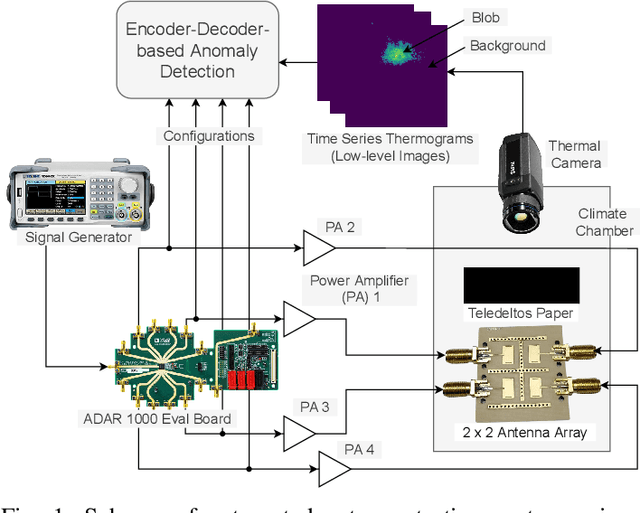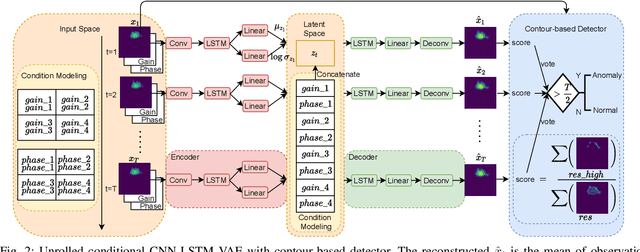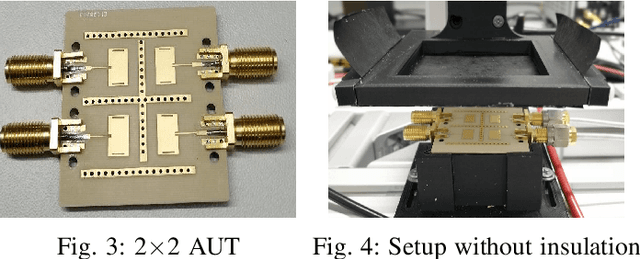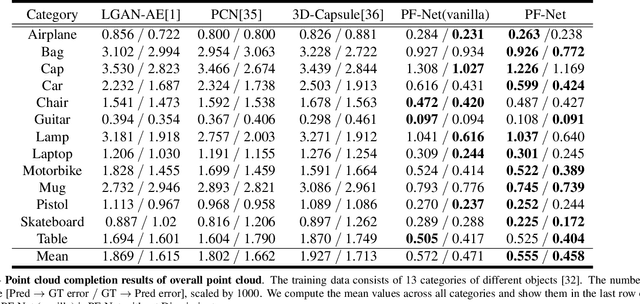Jiawen Xu
Informed Mixing -- Improving Open Set Recognition via Attribution-based Augmentation
May 19, 2025Abstract:Open set recognition (OSR) is devised to address the problem of detecting novel classes during model inference. Even in recent vision models, this remains an open issue which is receiving increasing attention. Thereby, a crucial challenge is to learn features that are relevant for unseen categories from given data, for which these features might not be discriminative. To facilitate this process and "optimize to learn" more diverse features, we propose GradMix, a data augmentation method that dynamically leverages gradient-based attribution maps of the model during training to mask out already learned concepts. Thus GradMix encourages the model to learn a more complete set of representative features from the same data source. Extensive experiments on open set recognition, close set classification, and out-of-distribution detection reveal that our method can often outperform the state-of-the-art. GradMix can further increase model robustness to corruptions as well as downstream classification performance for self-supervised learning, indicating its benefit for model generalization.
Know Yourself Better: Diverse Discriminative Feature Learning Improves Open Set Recognition
Apr 16, 2024Abstract:Open set recognition (OSR) is a critical aspect of machine learning, addressing the challenge of detecting novel classes during inference. Within the realm of deep learning, neural classifiers trained on a closed set of data typically struggle to identify novel classes, leading to erroneous predictions. To address this issue, various heuristic methods have been proposed, allowing models to express uncertainty by stating "I don't know." However, a gap in the literature remains, as there has been limited exploration of the underlying mechanisms of these methods. In this paper, we conduct an analysis of open set recognition methods, focusing on the aspect of feature diversity. Our research reveals a significant correlation between learning diverse discriminative features and enhancing OSR performance. Building on this insight, we propose a novel OSR approach that leverages the advantages of feature diversity. The efficacy of our method is substantiated through rigorous evaluation on a standard OSR testbench, demonstrating a substantial improvement over state-of-the-art methods.
OpenIncrement: A Unified Framework for Open Set Recognition and Deep Class-Incremental Learning
Oct 05, 2023



Abstract:In most works on deep incremental learning research, it is assumed that novel samples are pre-identified for neural network retraining. However, practical deep classifiers often misidentify these samples, leading to erroneous predictions. Such misclassifications can degrade model performance. Techniques like open set recognition offer a means to detect these novel samples, representing a significant area in the machine learning domain. In this paper, we introduce a deep class-incremental learning framework integrated with open set recognition. Our approach refines class-incrementally learned features to adapt them for distance-based open set recognition. Experimental results validate that our method outperforms state-of-the-art incremental learning techniques and exhibits superior performance in open set recognition compared to baseline methods.
Automated Antenna Testing Using Encoder-Decoder-based Anomaly Detection
Nov 27, 2021



Abstract:We propose a new method for testing antenna arrays that records the radiating electromagnetic (EM) field using an absorbing material and evaluating the resulting thermal image series through an AI using a conditional encoder-decoder model. Given the power and phase of the signals fed into each array element, we are able to reconstruct normal sequences through our trained model and compare it to the real sequences observed by a thermal camera. These thermograms only contain low-level patterns such as blobs of various shapes. A contour-based anomaly detector can then map the reconstruction error matrix to an anomaly score to identify faulty antenna arrays and increase the classification F-measure (F-M) by up to 46%. We show our approach on the time series thermograms collected by our antenna testing system. Conventionally, a variational autoencoder (VAE) learning observation noise may yield better results than a VAE with a constant noise assumption. However, we demonstrate that this is not the case for anomaly detection on such low-level patterns for two reasons. First, the baseline metric reconstruction probability, which incorporates the learned observation noise, fails to differentiate anomalous patterns. Second, the area under the receiver operating characteristic (ROC) curve of a VAE with a lower observation noise assumption achieves 11.83% higher than that of a VAE with learned noise.
PF-Net: Point Fractal Network for 3D Point Cloud Completion
Mar 01, 2020



Abstract:In this paper, we propose a Point Fractal Network (PF-Net), a novel learning-based approach for precise and high-fidelity point cloud completion. Unlike existing point cloud completion networks, which generate the overall shape of the point cloud from the incomplete point cloud and always change existing points and encounter noise and geometrical loss, PF-Net preserves the spatial arrangements of the incomplete point cloud and can figure out the detailed geometrical structure of the missing region(s) in the prediction. To succeed at this task, PF-Net estimates the missing point cloud hierarchically by utilizing a feature-points-based multi-scale generating network. Further, we add up multi-stage completion loss and adversarial loss to generate more realistic missing region(s). The adversarial loss can better tackle multiple modes in the prediction. Our experiments demonstrate the effectiveness of our method for several challenging point cloud completion tasks.
 Add to Chrome
Add to Chrome Add to Firefox
Add to Firefox Add to Edge
Add to Edge